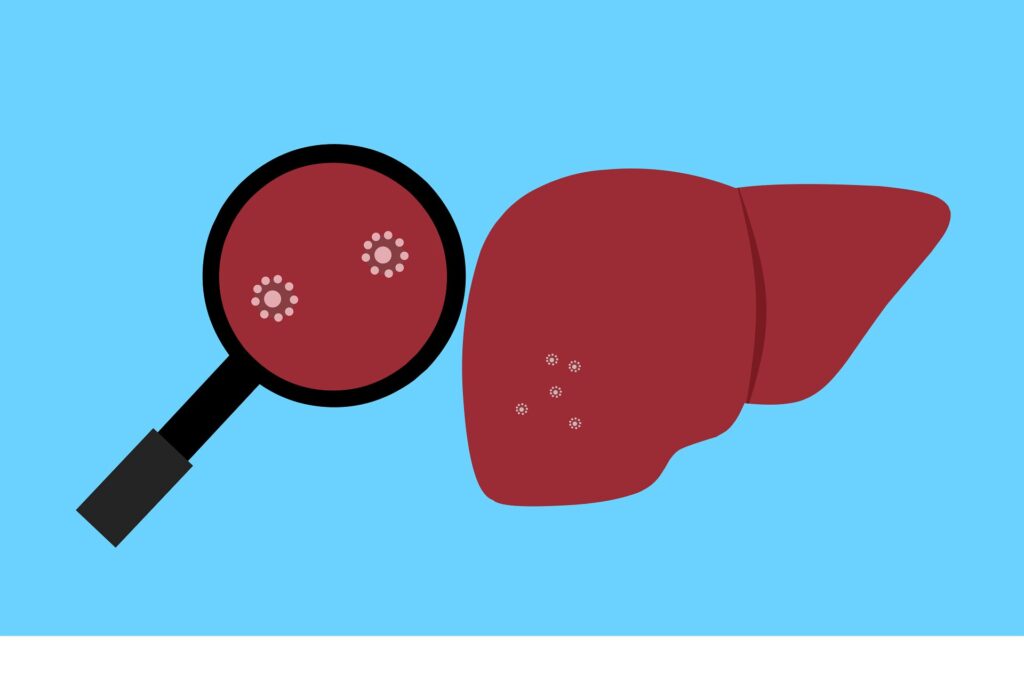Canadian researchers led by Montreal radiologist Gilles Soulez have developed a novel approach to treat liver tumors using magnet-guided microrobots in an MRI device.
The idea of injecting microscopic robots into the bloodstream to heal the human body is not new. It’s also not science fiction. Guided by an external magnetic field, miniature biocompatible robots, made of magnetizable iron oxide nanoparticles, can theoretically provide medical treatment in a very targeted manner.
Until now, there has been a technical obstacle: the force of gravity of these microrobots exceeds that of the magnetic force, which limits their guidance when the tumor is located higher than the injection site. While the magnetic field of the MRI is high, the magnetic gradients used for navigation and to generate MRI images are weaker.
“To solve this problem, we developed an algorithm that determines the position that the patient’s body should be in for a clinical MRI to take advantage of gravity and combine it with the magnetic navigation force,” said Dr. Gilles Soulez, a researcher at the CHUM Research Center and director of the radiology, radio-oncology and nuclear medicine department at Université de Montréal.
“This combined effect makes it easier for the microrobots to travel to the arterial branches which feed the tumor,” he said. “By varying the direction of the magnetic field, we can accurately guide them to sites to be treated and thus preserve the healthy cells.”
Toward greater precision
Published in Science Robotics, this proof of concept could change the interventional radiology approaches used to treat liver cancers.
The most common of these, hepatocellular carcinoma, is responsible for 700,000 deaths per year worldwide, and is currently most often treated with transarterial chemoembolization. Requiring highly qualified personnel, this invasive treatment involves administering chemotherapy directly into the artery feeding the liver tumor and blocking the blood supply to the tumor using microcatheters guided by X-ray.
“Our magnetic resonance navigation approach can be done using an implantable catheter like those used in chemotherapy,” said Soulez. “The other advantage is that the tumors are better visualized on MRI than on X-rays.”
For this study, Soulez and his research team collaborated with those of Sylvain Martel (Polytechnique Montreal) and Urs O. Häfeli’s (University of British Columbia). The study’s first author, Ning Li, is a postdoctoral fellow in Dr. Soulez’s laboratory.
Thanks to the development of an MRI-compatible microrobot injector, the scientists were able to assemble “particle trains,” aggregates of magnetizable microrobots. As these have a greater magnetic force, they are easier to pilot and detect on the images provided by the MRI device.
In this way, the scientists can ensure not only that the train is going in the right direction, but also that the treatment dose is adequate. Over time, each microrobot will carry a portion of the treatment to be delivered, so it’s essential that radiologists know how many there are.
A good sense of direction
“We carried out trials on 12 pigs in order to replicate, as closely as possible, the patient’s anatomical conditions,” said Soulez. “This proved conclusive: the microrobots preferentially navigated the branches of the hepatic artery which were targeted by the algorithm and reached their destination.”
His team made sure that the location of the tumor in different parts of the liver did not influence the effectiveness of such an approach.
“Using an anatomical atlas of human livers, we were able to simulate the piloting of microrobots on 19 patients treated with transarterial chemoembolization,” he said. “They had a total of thirty tumors in different locations in their livers. In more than 95% of cases, the location of the tumor was compatible with the navigation algorithm to reach the targeted tumor.”
Despite this scientific progress, clinical application of this technology is still a long way off.
“First of all, using artificial intelligence, we need to optimize real-time navigation of the microrobots by detecting their location in the liver and also the occurrence of blockages in the hepatic artery branches feeding the tumor,” said Soulez.
Scientists will also need to model blood flow, patient positioning and magnetic field direction using software that simulates the flow of fluids through the vessels. This will make it possible to assess the impact of these parameters on the transport of the microrobots to the target tumor, thus improving the accuracy of the approach.
Provided by
University of Montreal Hospital Research Centre


